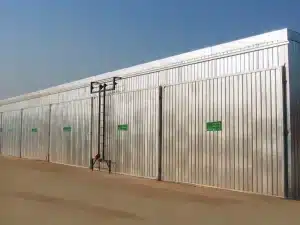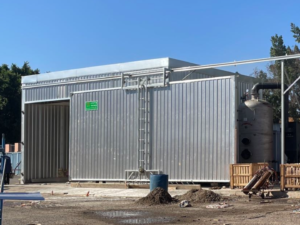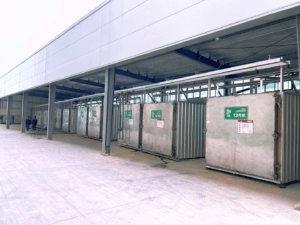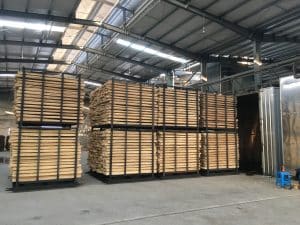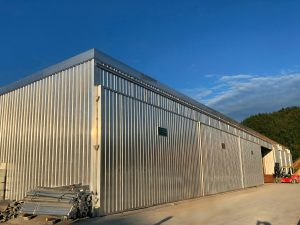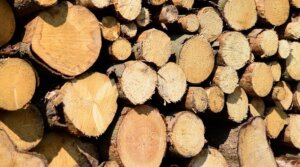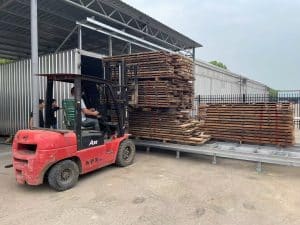
Kiln-dried wood is the secret behind long-lasting furniture, reliable firewood, and premium lumber products. If you’ve ever searched for a wood kiln near me ,chances are you interested in processing or purchasing high-quality, moisture-controlled wood. Whether you’re a hobbyist, furniture maker, woodworker, or firewood seller, finding a wood kiln nearby can save you time, ensure consistent results, and enhance your final product.
In this comprehensive blog, we’ll guide you through everything you need to know about wood kilns — from the different types and their benefits to how to find and choose the right local kiln service.
Types of Wood Kilns You Might Find Near You
When looking for a “wood kiln near me,” it’s important to understand the various types available. Each has its own features, benefits, and best-use scenarios.
| Kiln Type | How It Works | Best For | Pros | Cons |
|---|---|---|---|---|
| Conventional Kilns | Uses heat and controlled humidity in a large chamber to dry wood. | Commercial sawmills, bulk lumber drying | Fast, reliable, large capacity | Requires industrial setup |
| Dehumidification Kilns | Circulates warm air through a dehumidifier system. | Small businesses, custom furniture makers | Energy-efficient, consistent results, easier to manage | Slower than conventional, limited capacity |
| Solar Kilns | Uses solar energy in a greenhouse-like structure to dry wood naturally. | Hobbyists, eco-friendly users, small batches | Low-cost, eco-friendly, simple to build | Weather dependent, slow drying |
| Vacuum Kilns | Reduces air pressure inside chamber, drying wood quickly and evenly. | Specialty wood, slabs, high-value projects | Very fast, reduces risk of cracks, preserves wood quality | Expensive, limited capacity |
| Radio Frequency (RF) Kilns | Uses electromagnetic waves to dry wood from the inside out. | Exotic hardwoods, delicate or thick lumber | Uniform drying, excellent for high-value wood | Very costly, rare to find locally |
- Conventional Kilns
These are large industrial kilns that use heat and humidity control systems to dry wood. Ideal for commercial scale drying, they offer fast and efficient results.
- Dehumidification Kilns
These use a dehumidifier system and are energy-efficient, making them popular among small businesses and home-based woodworkers.
- Solar Kilns
Powered by solar energy, these are environmentally friendly and low-cost to operate but may be slower and weather dependent.
- Vacuum Kilns
These high-tech systems use reduced air pressure to dry wood quickly and evenly. While more expensive, they provide top tier drying results for delicate or specialty wood.
- Radio Frequency (RF) Kilns
These kilns use electromagnetic waves to dry wood from the inside out. They are used for high-end wood and delicate applications.
How to Find a Wood Kiln Near You
Now that you understand the basics, how do you go about finding a reliable wood kiln in your area?
- Search Online
Start with a simple Google search for “wood kiln near me” or “kiln drying services near [your location].” Use online maps and directories to explore local options.
- Check Local Woodworking Communities
Forums, Facebook groups, and woodworking clubs often have recommendations for trusted kiln operators.
- Contact Local Sawmills or Lumber Yards
Many sawmills operate their own kilns or partner with nearby facilities. They may even offer drying services as part of a lumber purchase.
- Visit Local Hardware or Tool Stores
Some specialized stores keep contact info for local kiln operators or offer bulletin boards with business cards and flyers.
- Use Online Platforms
Websites like Craigslist, Etsy, Wood-Mizer, or even Facebook Marketplace sometimes list local wood kiln services.
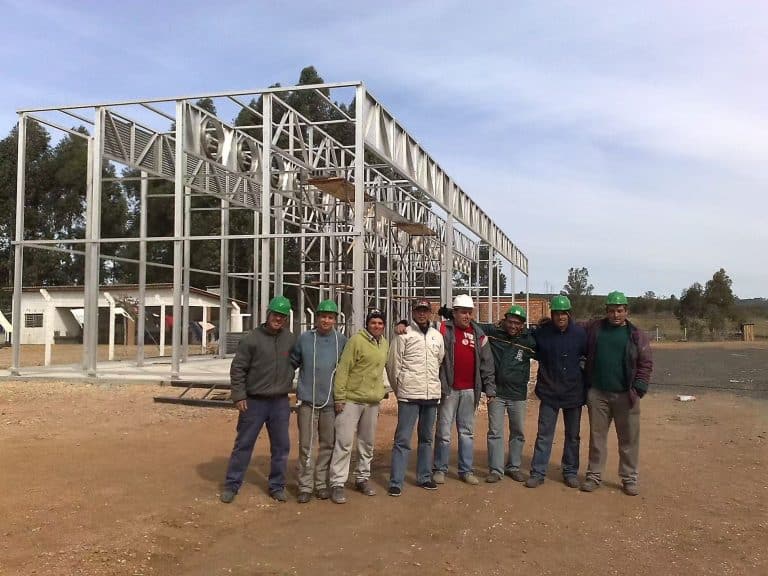
What to Look For in a Good Wood Kiln Service
Not all kiln operators provide the same quality or value. Here’s what to look for when choosing a wood kiln near you:
- Experience and Reputation
How long has the kiln operator been in business? Do they have positive reviews or testimonials?
- Type of Kiln
Different projects may require different types of kilns. Ask about the equipment they use and whether it’s suitable for your specific wood type and thickness.
- Turnaround Time
How long does the drying process take? Ensure their timeline fits your project needs.
- Cost
Prices vary depending on the type of kiln, wood volume, and drying duration. Get quotes from multiple sources and compare value, not just cost.
- Moisture Meter Readings
A reliable operator should provide accurate moisture readings before and after drying, ensuring your wood meets your desired moisture content (usually 6–8% for furniture or 15–20% for firewood).
Benefits of Using a Local Wood Kiln
- Choosing a wood kiln near you offers several benefits beyond just convenience:
- Lower Transportation Costs: No need to ship heavy lumber long distances.
- Faster Turnaround: Local services often provide quicker pickup and delivery options.
- Better Communication: Easier to build a relationship and get updates on your order.
- Support Local Business: Keeping money in your community supports other artisans and small business owners.
Kiln Drying vs. Air Drying: Which Is Better?
Air drying involves stacking wood in a ventilated space for 6–12 months or more. While cost-effective, it has downsides such as:
Inconsistent results
Higher risk of defects
Dependence on weather conditions
Kiln drying, on the other hand, offers:
Speed: Drying in weeks instead of months
Uniformity: Controlled environment reduces the risk of warping
Pest Elimination: Kills bugs and fungi
Better performance in final products
For anyone serious about woodworking, kiln drying is a game-changer.
DIY Kiln Drying: Is It Worth It?
Some woodworkers choose to build their own kilns, especially solar kilns, to save money or gain full control of the drying process. This approach can work well for small batches and personal use, but it comes with risks:
Slower drying
Learning curve
Potential for ruined wood if conditions are mismanaged
If you’re drying high-value or large-volume wood, a professional kiln service is often the smarter, more cost-effective choice.
Conclusion: Choosing the Right Wood Kiln Near You
Finding the right wood kiln near you can make a huge difference in your woodworking projects. Whether you’re looking to dry lumber for furniture making, sell firewood, or build with confidence, kiln drying ensures your wood is durable, stable, and ready for use.
From conventional kilns to solar and vacuum options, the best choice depends on your specific needs, wood species, and budget. Prioritize experience, equipment, and turnaround time when selecting a kiln service — and don’t hesitate to ask questions.
Contact us today to find the nearest professional wood kiln service tailored to your drying needs.
FAQ About Wood Kilns
How long does it take to kiln dry wood?
Drying time depends on:
🔹 Wood species (e.g., pine dries faster than oak)
🔹 Initial thickness and moisture content
🔹 Kiln type and temperature settings
Typical drying durations:
| Wood Type | Kiln Drying Time | Air Drying Time |
|---|---|---|
| Softwood (e.g. Pine) | 1–7 days | 1–2 months |
| Hardwood (e.g. Oak) | 10–30 days | 3–6 months |
| Tropical Hardwood (e.g. Rosewood) | 20–60 days | 6–12 months |
- Conventional drying kilns: only days to few weeks, significantly reducing the turnover time compared to air drying.
- Softwood drying kilns: 3–5 times faster than conventional kilns
- Hardwood high-temperature kilns: 6–8 times faster than standard methods
- Dehumidification kilns: Optimal for slow, gentle drying
Is kiln-dried wood more expensive?
The initial cost is higher than air-dried wood, but kiln-dried lumber reduces waste, improves product quality, and accelerates production, making it cost-effective overall.
What moisture content should I aim for?
For indoor use like furniture or cabinetry, 6–8% moisture content is ideal. For firewood, 15–20% is acceptable.
Do all sawmills offer kiln drying?
Not all. Some sawmills offer only green (wet) lumber. Always check in advance if they offer kiln-dried options or services.

